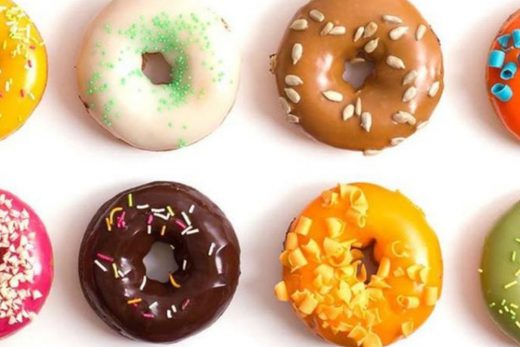Healthy cereals seemed to double down on their efforts to convince consumers they were full of vitamins, protein, fiber, or whatever else they were seeking. Sugar Crisp was renamed Golden Crisp. Kellogg’s and General Mills both introduced granola cereals as more interesting and flavorful alternatives to the grain flakes and puffs that had dominated the healthy cereal market. In the early 1970s, Cheerios let consumers know that it was made of “the grain highest in protein,” and in 1977 Wheaties proclaimed that it provided 25% of your daily vitamin needs, while continuing its long association with sports. In 1984 they had their first female athlete on the box, and by 1986 they had their first NFL player, a huge jump from the golfers and Olympians of the past. The End of an Era
By the 1970s and 1980s, our belief that a bowl of cereal—any cereal—could suffice as a complete breakfast began to crack. Sugar that had once been a selling point was increasingly vilified as a dietary enemy. Then, in 1972 Dr. Atkins and others began preaching the dangers of carbohydrates, and low-carb diets became increasingly popular. Suddenly, those grains weren’t looking so healthy anymore. We had ceased to believe that a bowl of Grape Nuts could cure your alcoholism, or that a bowl of Lucky Charms had enough oats in it to counteract all those marshmallows.





